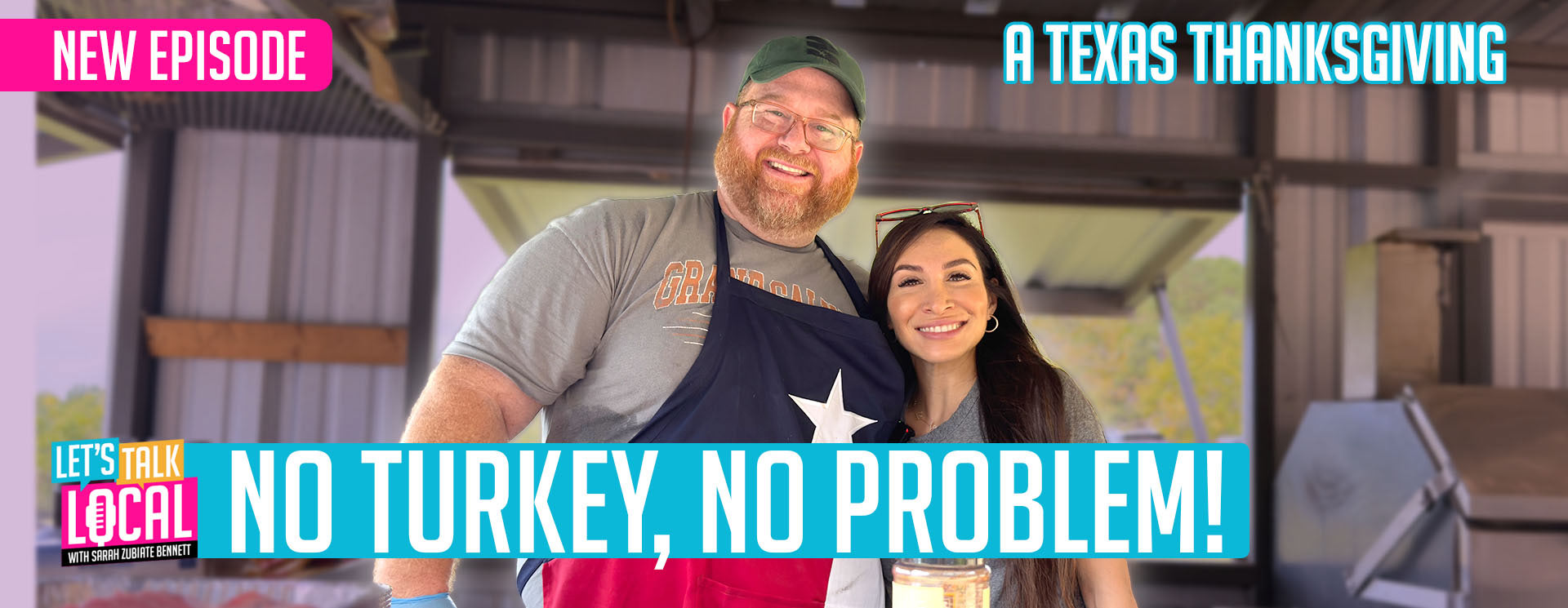The Trump administration has opened a federal public comment period on a proposed rule that could reshape how the United States awards H-1B visas to foreign professionals, marking one of the most consequential immigration reforms since President Donald Trump’s first term.
The Department of Homeland Security’s U.S. Citizenship and Immigration Services (USCIS) published a Notice of Proposed Rulemaking titled “Weighted Selection Process for Registrants and Petitioners Seeking to File Cap-Subject H-1B Petitions.” The rule would replace the random lottery used to allocate 85,000 annual H-1B visas with a system that gives preference to higher-wage offers.
The public comment period is open through November 24, 2025, under docket number USCIS-2025-0040.
Anyone — individuals, businesses, unions, or advocacy groups — may submit a comment through the federal portal at Regulations.gov.
How To Submit a Comment
| Step | Details |
|---|---|
| 1. Go directly to the comment page | Click here to comment on the H-1B Weighted Selection NPRM. |
| 2. Start your comment | Use the text box labeled Comment* to type your comment (up to 5,000 characters). |
| 3. Attach files (optional) | You may attach up to 20 files, each no larger than 10MB. Supported file types: bmp, docx, gif, jpg, jpeg, pdf, png, pptx, rtf, sgml, tif, tiff, txt, wpd, xlsx, xml. |
| 4. Enter your contact info or submit anonymously | Choose to submit as an Individual, Organization, or Anonymous. Enter your first and last name, city, state, zip, country, and phone if not anonymous. Email is optional for anonymous submissions. |
| 5. Submit your comment | Click Submit. Comments are publicly disclosed; do not include sensitive personal info in the text or attachments. |
| 6. Track your submission | You may receive an email confirmation if you provide your email and are not submitting anonymously. |
Deadline: November 24, 2025
Federal agencies are required under the Administrative Procedure Act to publish proposed regulations and invite public feedback. While agencies do not need to answer every individual submission, they must review and respond to substantive comments in their final rulemaking summary. Well-supported submissions offering data, reasoning, or detailed impact analysis can lead to revisions before the rule is finalized.
The proposed change follows an August 8 approval from the White House’s Office of Information and Regulatory Affairs to publish the draft rule. The move steps toward a 2016 campaign promise by President Trump to “end forever the use of the H-1B as a cheap labor program, and institute an absolute requirement to hire American workers first,” although it falls short of totally executing this piece of his agenda.
The reform “would replace the present lottery system with a new ‘weighted selection process’” that gives priority to “better paid, more highly-skilled workers — but could mean more junior applicants miss out,” according to The Independent.
H-1B Visa Basics
Here are the basic facts:
- The H-1B visa is a non-immigrant visa that allows U.S. employers to temporarily hire foreign workers for specialty occupations that usually require at least a bachelor’s degree.
-
The visa is tied to the employer’s sponsorship — meaning if the worker changes jobs, they must obtain a new sponsor.
-
There are over 583,000 H-1B holders, according to the most recent federal data.
-
In most cases, there is no legal requirement for companies to first try to hire an American before seeking an H-1B worker.
-
72% of H-1B visas go to Indian nationals and 12% to Chinese nationals, according to USCIS data.
Pros and Cons of the Weighted H-1B System
Pros
- Prioritizes higher-paid, more specialized professionals across industries.
- Encourages U.S. employers to offer competitive wages for Americans and foreigners.
- Reduces potential abuse of the visa lottery by staffing firms seeking cheaper labor.
- Aligns with President Trump’s “Hire American” economic strategy.
Cons
- Could disadvantage recent foreign graduates or early-career professionals.
- Smaller companies and startups may struggle to compete on salary.
- May shift opportunities away from rural or lower-cost regions.
- Risks of reducing the diversity of skills and backgrounds in the U.S. workforce.
Public Sentiment and Political Divide
Fifty-six percent of U.S. citizens believe H-1B visa holders create “unfair competition” and take jobs from Americans, a study reported by The Dallas Express found. The Blind survey of 4,230 professionals revealed a sharp divide between U.S.-born and foreign-born workers, with 87% of foreign professionals supporting the program versus only 49% of U.S. citizens.
Lawmakers across party lines have questioned how companies use the visas amid ongoing layoffs. On September 24, Senators Chuck Grassley and Dick Durbin wrote to Amazon CEO Andy Jassy: “With all of the homegrown American talent relegated to the sidelines, we find it hard to believe that Amazon cannot find qualified American tech workers to fill these positions,” DX reported.
Union and Think Tank Perspectives
The AFL-CIO’s Department of Professional Employees stated in a 2025 fact sheet: “The H-1B visa program must be reformed so that employers can no longer use the program to lower industry standards, engage in outsourcing and offshoring, and pay H-1B workers below market wages.”
The labor organization said that in fiscal year 2019, “60 percent of H-1B positions were paid at the lowest two levels, meaning they were paid below the median wage for the occupation and location.”
In contrast, the libertarian Cato Institute reported in April 2022 that “H-1B workers are highly paid: their wages are in the 90th percentile of all wages in the United States.” The group found that the median H-1B salary of about $108,000 was “well over double the median wage for all U.S. workers.”
Simple Checklist for Writing Good Comments
| Step | What to Do | Tips for Success |
|---|---|---|
| 1. Find a Rule to Comment On | Search for open proposed rules on federalregister.gov or regulations.gov. Use keywords like the topic or agency name. | Filter for “Proposed Rules” or “Notices.” Note the deadline (e.g., “Comments due by [date]”). Pick one that affects you! |
| 2. Read the Proposal | Skim the full document for key parts: What problem does it solve? What changes does it propose? Any questions the agency asks? | Focus on the “preamble” summary. Jot down how it impacts your life, work, or community. |
| 3. Structure Your Comment | Write in five parts: Intro (who you are), Background (what rule section you address), Analysis (data or story), Recommendations (fixes), Conclusion (recap). | Keep it 1–2 pages. Use facts, personal examples, or data. Answer agency questions directly. |
| 4. Make It Helpful | Does it explain impacts, highlight unseen issues, offer new ideas? | Avoid just “I oppose.” Be polite, specific, and clear. |
| 5. Submit It | Go to regulations.gov, search the docket number (USCIS-2025-0040 in this case), click “Comment,” and upload or paste your text. | Submit before the deadline. You can comment anonymously or with your info. Track it in the docket! |
The comment period offers Americans an opportunity to directly shape a major policy affecting both the labor market and immigration system. Comments submitted by November 24, 2025, will help determine how — and to whom — the United States grants its limited H-1B work visas in the years ahead.


